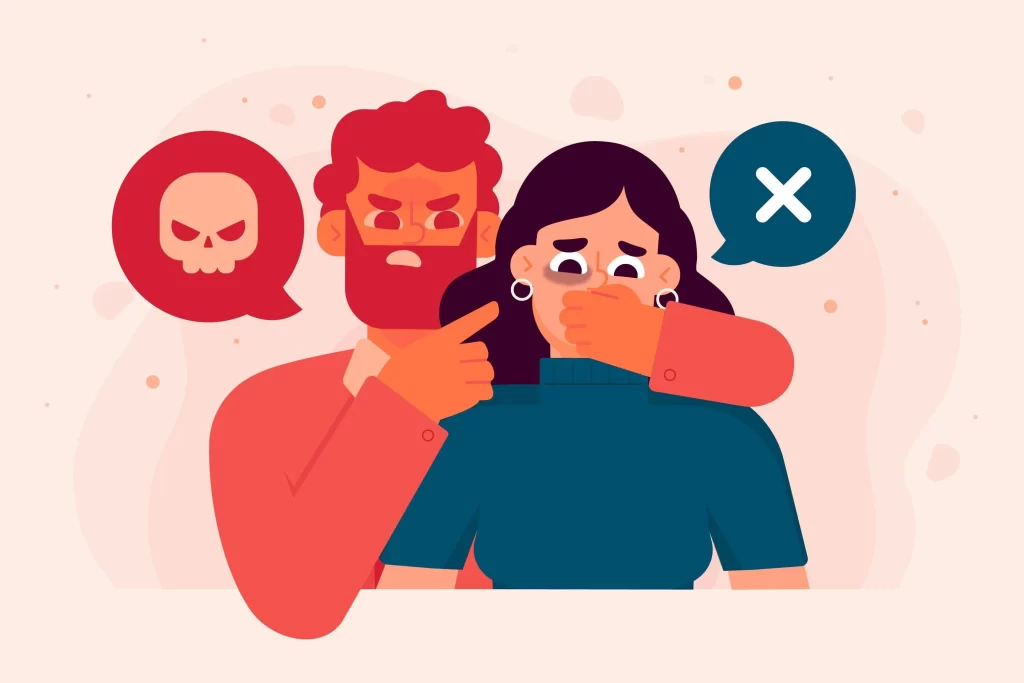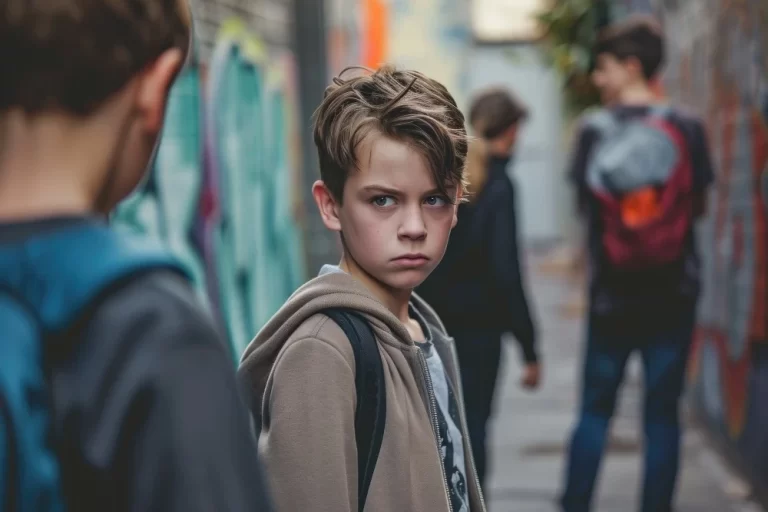Physical bullying is a pervasive form of aggression that inflicts harm through direct physical actions, such as hitting, pushing, or kicking. It is a serious concern in various settings, including schools, workplaces, and communities, and can have lasting consequences for both victims and perpetrators. Understanding the dynamics of physical bullying, recognizing its signs, and implementing effective prevention and intervention strategies are essential steps in creating safe and inclusive environments where everyone can thrive. In this guide, we will explore the complexities of physical bullying, its impact on individuals and communities, and strategies for addressing and preventing this harmful behavior.

Understanding Physical Bullying
Physical bullying encompasses a range of aggressive behaviors aimed at causing harm or intimidation through physical means. These actions can manifest as hitting, kicking, shoving, or any form of physical aggression directed at another individual. Physical bullying often occurs repeatedly over time, creating a pattern of abuse that can have severe consequences for the victim’s well-being. It is prevalent in various settings, including schools, workplaces, and communities, and can have lasting effects on both the victim and the perpetrator. Victims of physical bullying may experience physical injuries, emotional distress, and social isolation, while perpetrators may face disciplinary action and struggle with underlying issues such as anger or insecurity.
Identifying Signs of Physical Bullying
Recognizing signs of physical bullying is crucial for both victims and bystanders to intervene effectively and provide support. Victims of physical bullying may exhibit physical injuries such as bruises, cuts, or scrapes, often with inconsistent or improbable explanations. They may also show changes in behavior or mood, such as becoming withdrawn, anxious, or avoiding certain places or individuals. Observers should be vigilant for any indications of physical bullying, such as witnessing aggressive behavior or noticing discrepancies in the victim’s appearance or demeanor. By identifying and addressing signs of physical bullying early on, individuals can help prevent further harm and create a safer environment for everyone involved.
Impact of Physical Bullying on Victims
The impact of physical bullying on victims can be profound and far-reaching, affecting their physical, emotional, and psychological well-being. Physically, victims may suffer from injuries ranging from minor bruises to serious trauma, leading to pain, discomfort, and potential long-term health complications. Emotionally and psychologically, victims of physical bullying often experience heightened levels of stress, anxiety, and fear, which can interfere with their ability to feel safe and secure in their environment. This can also manifest in symptoms of depression, low self-esteem, and difficulty trusting others, impacting their overall quality of life and sense of self-worth.
Understanding the Motivations Behind Physical Bullying
To effectively address physical bullying, it’s essential to understand the underlying motivations behind the behavior. In many cases, physical bullying stems from a desire for power, control, or dominance over others, as well as unresolved conflicts or issues of insecurity and low self-esteem. By acknowledging these root causes, interventions can be tailored to address the underlying issues driving the behavior, such as providing opportunities for positive social interactions, teaching conflict resolution skills, and fostering a culture of empathy and respect. Additionally, addressing systemic factors such as social hierarchies and cultural norms that perpetuate bullying behavior can help create environments where physical bullying is less likely to occur.
Preventing Physical Bullying
Prevention efforts are crucial in creating safe and inclusive environments where physical bullying is less likely to occur. This involves implementing comprehensive anti-bullying policies and programs in schools, workplaces, and communities that promote a culture of respect, empathy, and inclusion. Educating individuals about the harmful effects of bullying and providing training on conflict resolution and bystander intervention can empower individuals to recognize and address instances of physical bullying effectively. Additionally, fostering positive relationships between peers and authority figures can help create supportive environments where individuals feel valued and respected, reducing the likelihood of bullying behavior.

Responding to Physical Bullying Incidents
Responding promptly and effectively to instances of physical bullying is essential for ensuring the safety and well-being of the victim and holding perpetrators accountable for their actions. This may involve intervening directly to stop the bullying, offering support and comfort to the victim, and documenting the incident to provide evidence for disciplinary action or legal intervention if necessary. It’s important for individuals in positions of authority, such as teachers, employers, or community leaders, to take reports of physical bullying seriously and follow established protocols for addressing and resolving bullying incidents. By responding proactively and compassionately to instances of physical bullying, communities can send a clear message that such behavior will not be tolerated and create environments where everyone feels safe and respected.
Supporting Victims of Physical Bullying
Providing support and resources for victims of physical bullying is essential for helping them cope with their experiences and recover from any trauma they may have endured. This may involve connecting victims with counseling or therapy services to address their emotional and psychological needs, as well as providing access to peer support groups where they can connect with others who have experienced similar challenges. Additionally, advocating for victims’ rights and protection can help ensure they receive the support and assistance they need to heal and rebuild their lives. By standing in solidarity with victims of physical bullying and working together to address the root causes of bullying behavior, communities can create safer, more inclusive environments where everyone can thrive.
Conclusion
In conclusion, physical bullying is a harmful behavior that undermines the safety and well-being of individuals and communities. By raising awareness, promoting empathy and understanding, and implementing comprehensive prevention and intervention measures, we can work together to create environments where physical bullying is not tolerated and everyone is treated with dignity and respect. Through collective efforts and commitment to fostering positive relationships and inclusive communities, we can build a future where physical bullying is a thing of the past.
Frequently Asked Questions
Supporting someone who is experiencing physical bullying involves listening to their concerns, offering empathy and validation, and helping them access resources and support services. Encourage them to speak out against bullying and seek assistance from trusted adults, friends, or professionals.
If you witness physical bullying, it’s essential to intervene safely and promptly to stop the bullying and ensure the safety of the victim. Report the incident to a teacher, supervisor, or other authority figure, and provide support to the victim. Remember that bystanders play a crucial role in preventing and addressing bullying behavior.
Schools and communities can collaborate to address physical bullying by implementing comprehensive anti-bullying policies, providing education and training on bullying prevention and intervention, fostering positive relationships and inclusive environments, and offering support services for victims and perpetrators alike. By working together, we can create safer, more supportive environments where physical bullying is not tolerated.






